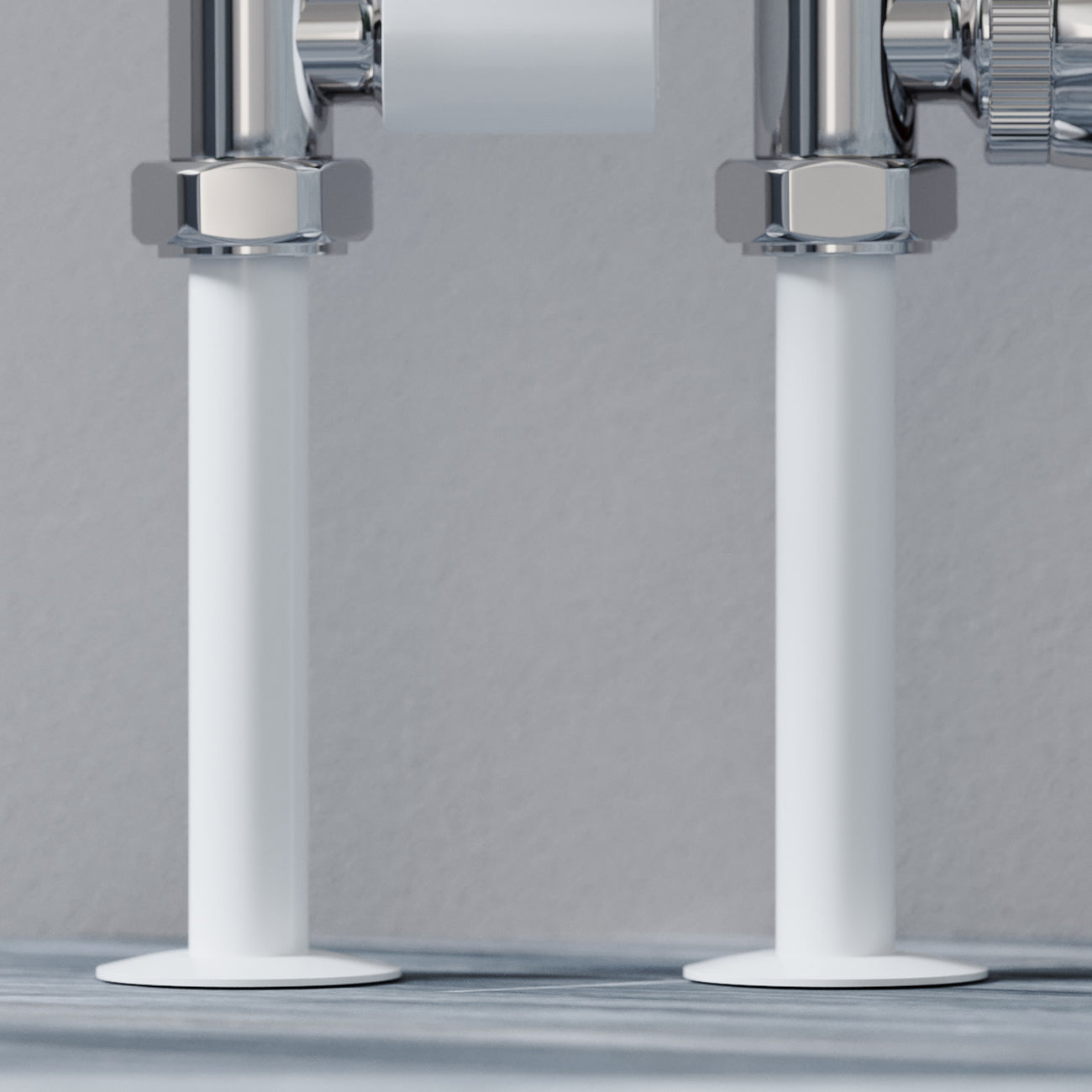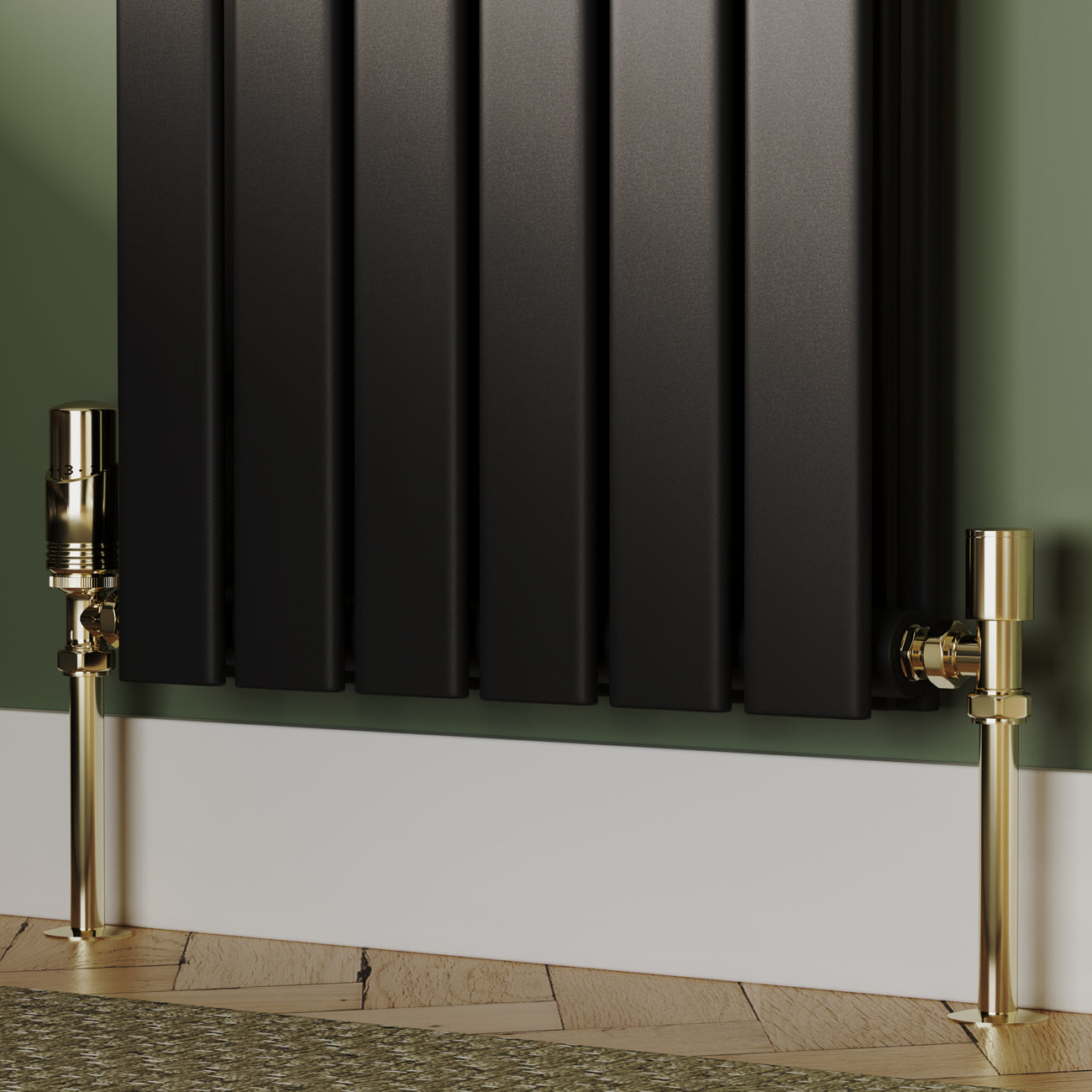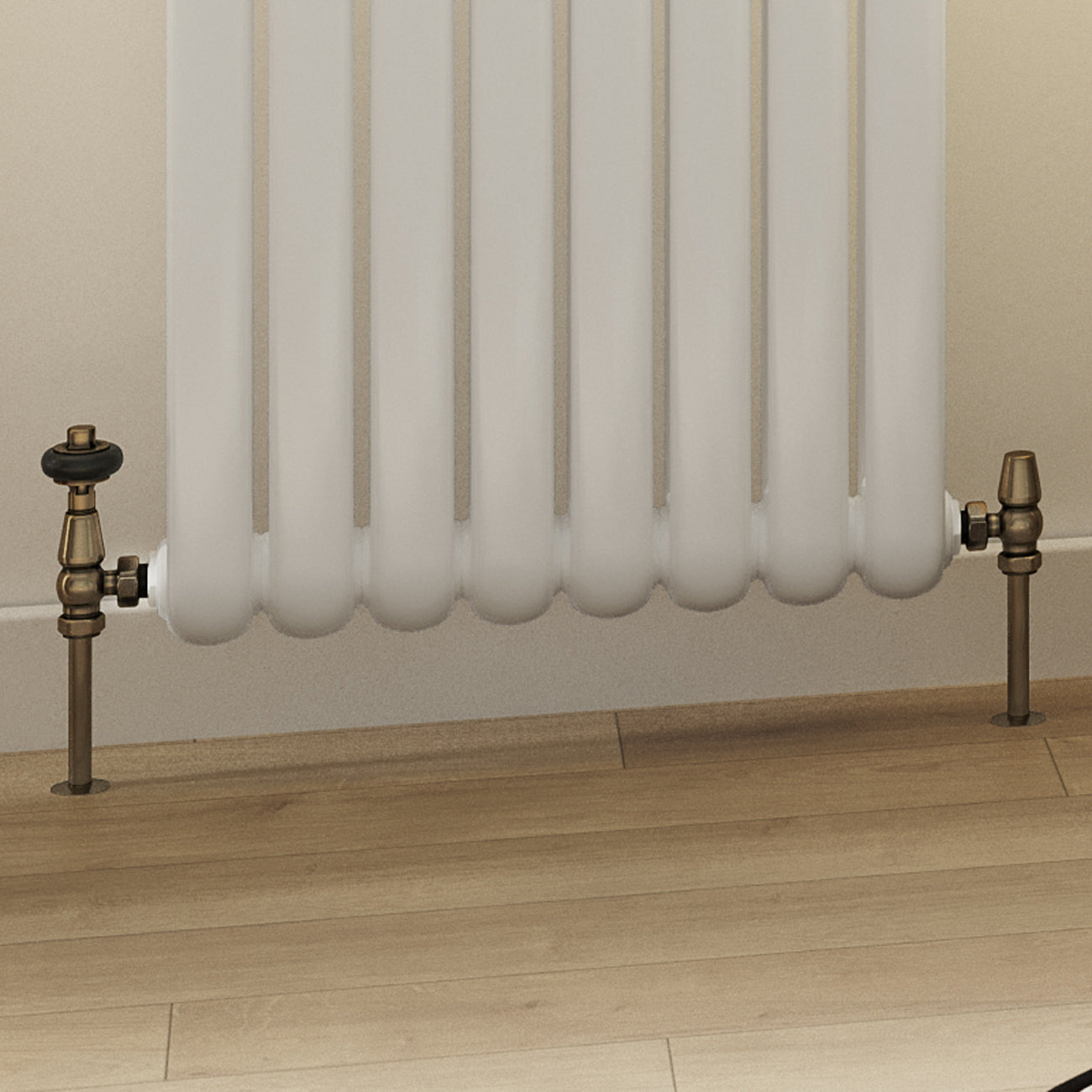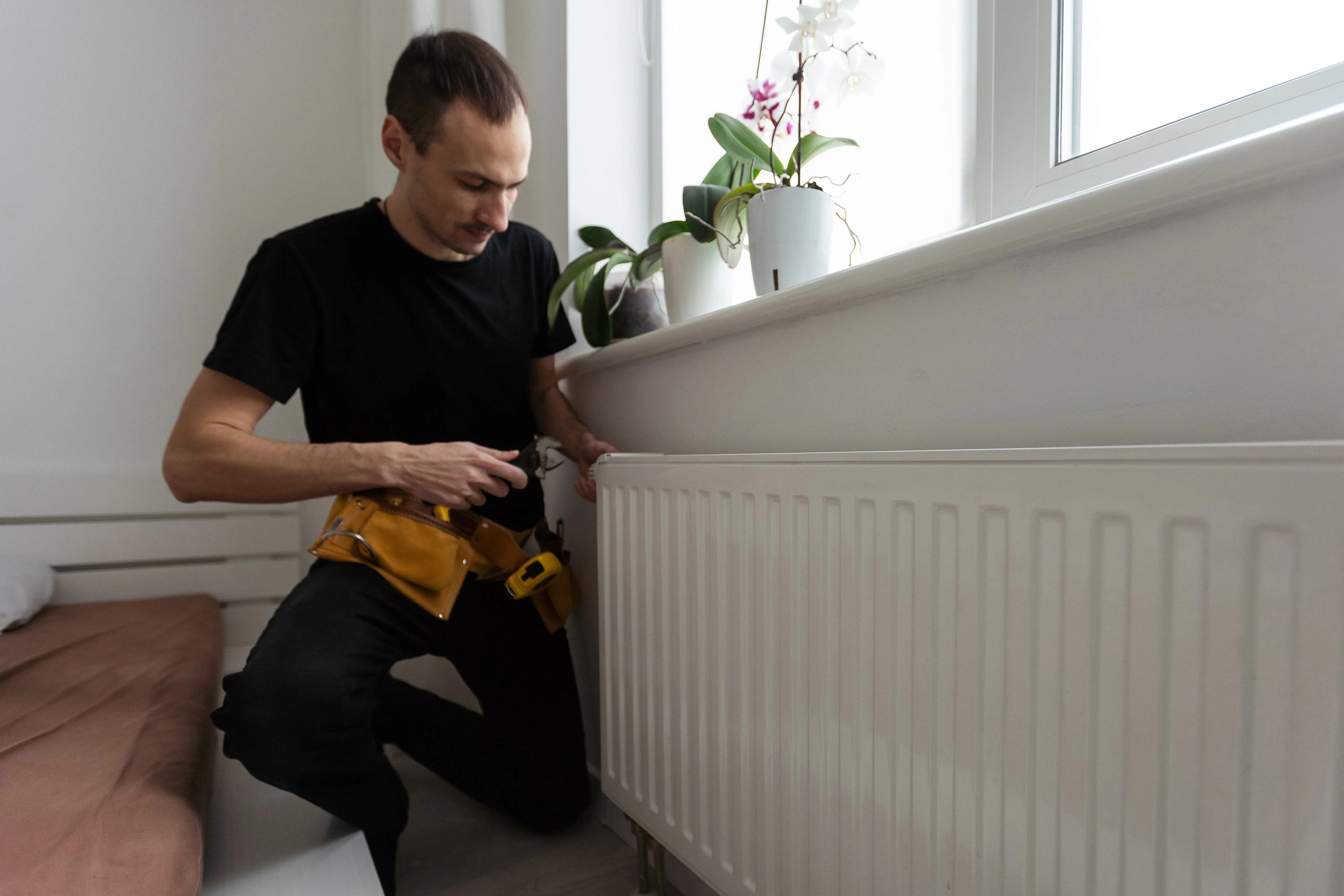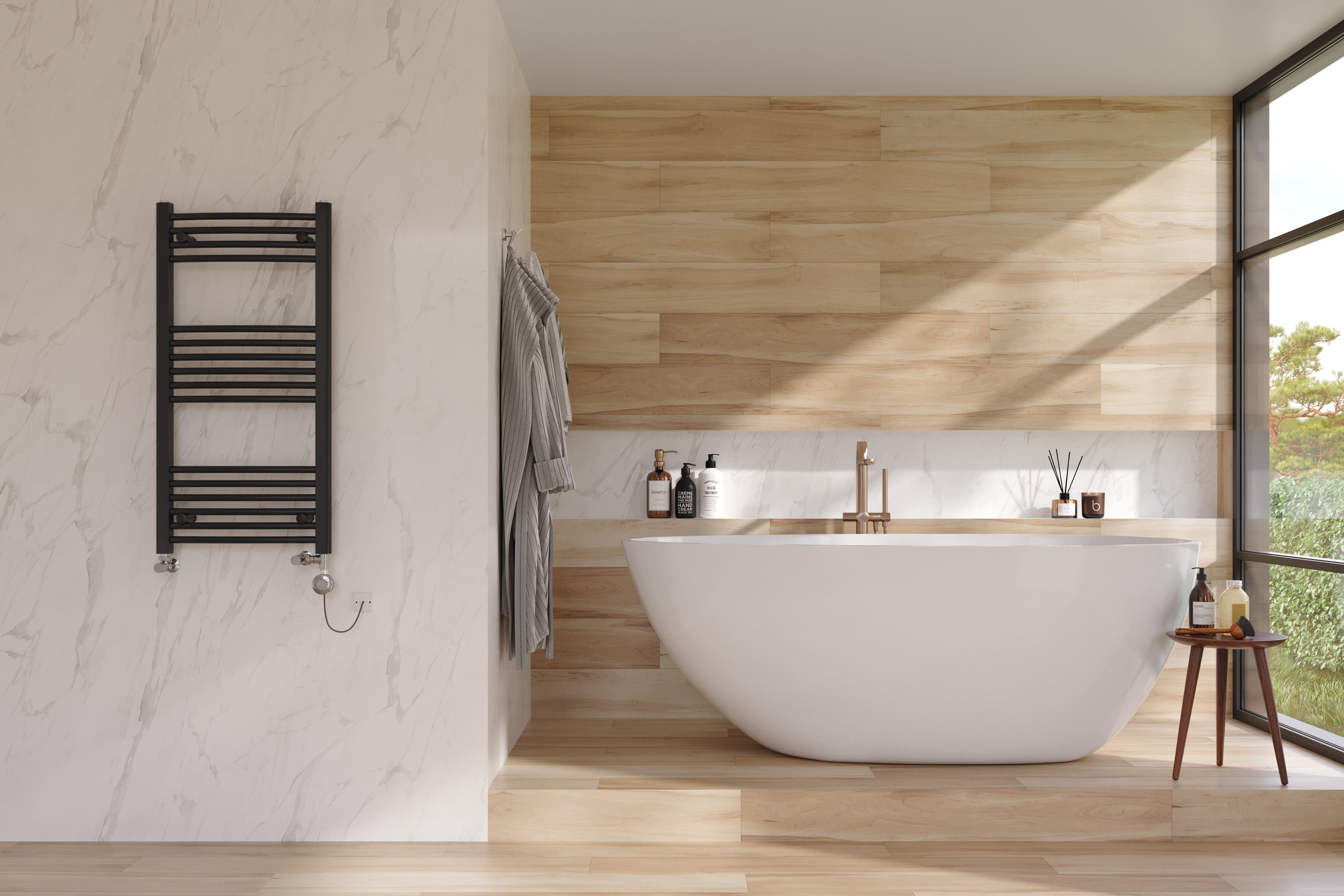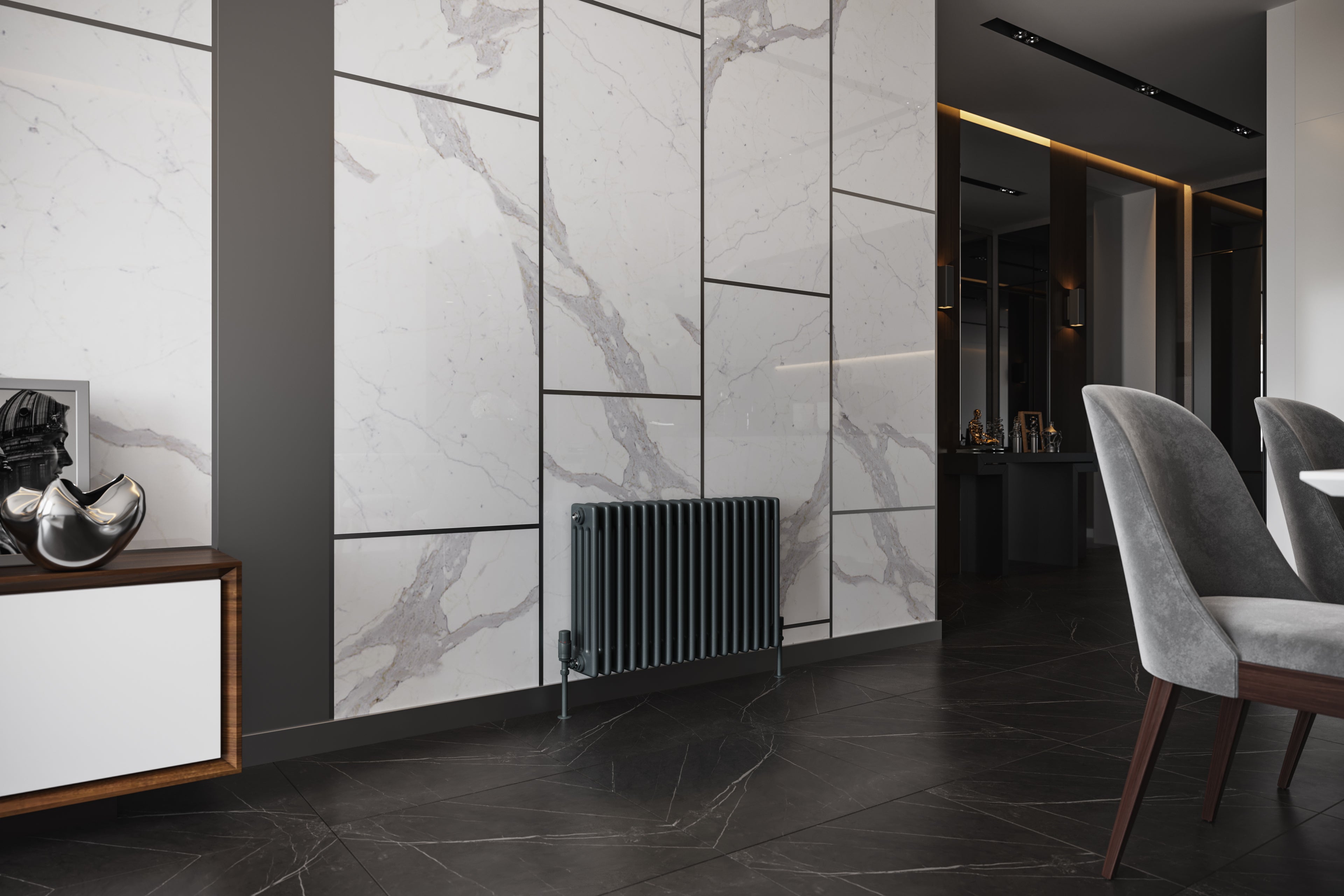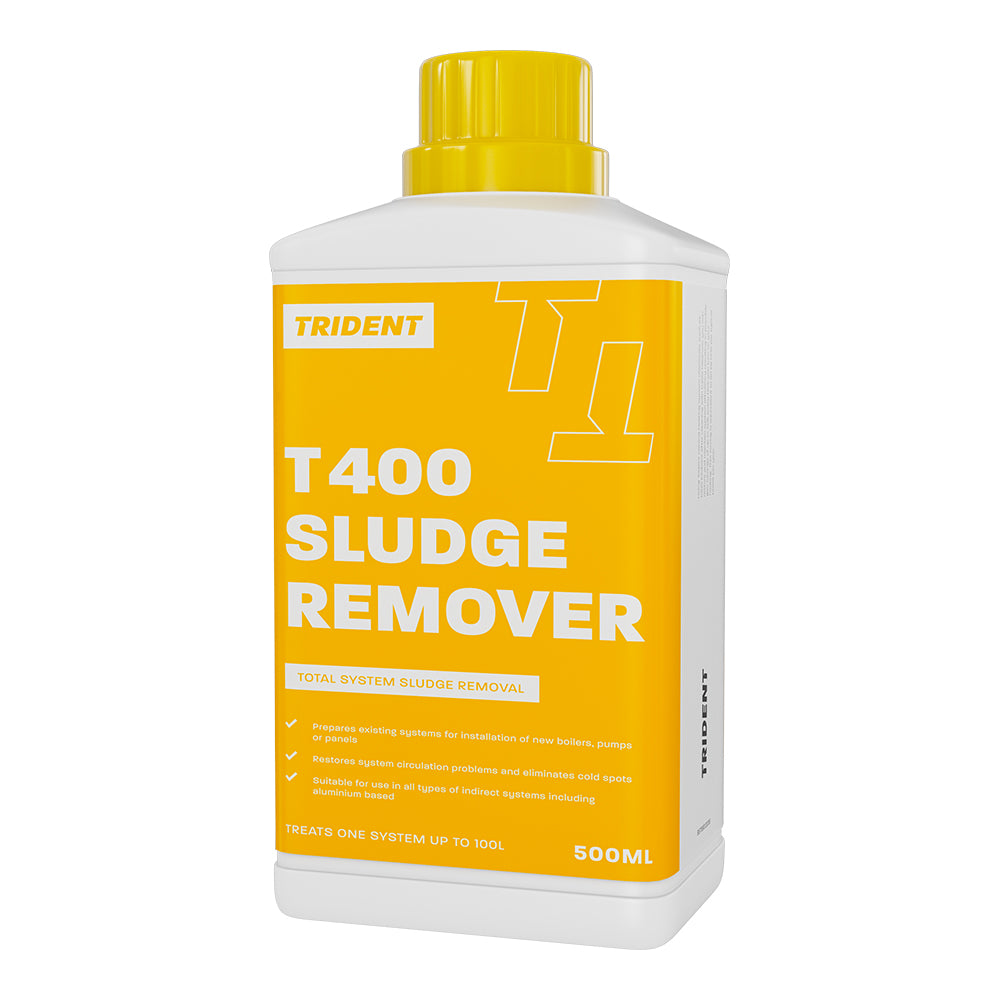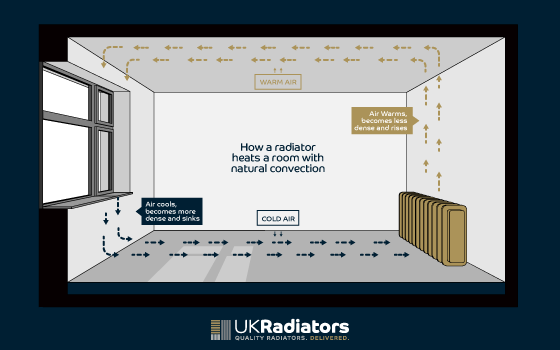
What homeware stores won't tell you about radiator covers
Furnishing your home
When it comes to furnishing your home, you can pretty much do, and get, whatever you want. Whatever your vision for your perfect home is, there’s a product out there for it. And homeware stores will want to sell them to you, even if you don’t actually need them. Plastic flowers for decoration? Check. Footrests for your sofa? Check. Radiator covers? Check. But what do these things all have in common? They’re unnecessary. And that’s exactly what homeware stores don’t want you to know about radiator covers. Many companies sell radiator covers with promises of better efficiency and heating, but this couldn't be further from the truth. Don’t just take our word for it though, we’ll let science do the talking. But before we do, here’s an overview of these controversial heating accessories.What are radiator covers?
Radiator covers are mechanisms that are attached to the outside of a radiator. They can be made from wood, metal or other materials and serve the purpose of “covering up” a radiator. Many come with styles such as a lattice front, and you can even make your own one if you’re DIY-savvy enough.Types of radiator covers
Homeware stores will sell radiator covers to you in all kinds of shapes and sizes - from designer radiator covers to radiator covers for your bathroom. These all vary slightly depending on their purpose.Bathroom radiator covers
Radiator covers designed for bathroom radiators are often designed to provide some extra shelf space in, what can be, quite a small room of the house. The box that goes around the radiator can come with a shelf on top that you can store fragrance diffusers or even soaps on top of. They can also be used to cover up pipework that can ruin the look of your bathroom.Designer radiator covers
Radiator covers for designer radiators provide elegant style solutions to any kind of old or worn-out radiator, and can feature a much wider range of design and colour options than bog-standard radiator covers. They’ll also be made from more luxurious materials and could even boast hand-made qualities and bespoke designs.Traditional radiator covers
For those looking for a vintage look in their space, traditional radiator covers can offer a decorative finish by covering up your radiator. So we’ve established that you can get radiator covers in a lot of different styles and formats, but why do so many people opt for these controversial pieces of homeware?Are radiator covers safe?
A radiator cover is often installed for safety reasons, to protect you from the heat of a radiator and avoid prolonged contact with a radiator’s surface, and we’ll cover this in a little more detail further on in this post. So, to answer the question of ‘Are radiator covers safe,’ they are generally safe for use.Why people install radiator covers
Before we jump into the truth behind getting a radiator cover, let’s look at why people install them in the first place...Noise reduction
Some people opt for a cover for a radiator to reduce the noise coming out of their central heating system, as it can be a disturbance, especially if radiators are in areas such as your living room where you want a bit of peace and quiet. However, you shouldn’t really have noises coming from your radiators consistently, so this reasoning for installing radiator covers is somewhat redundant. A noisy radiator could mean that you need to bleed your radiator (check out our tips for solving radiator problems), or that you have a bigger issue with your central heating. If you’ve been told that you should install a radiator cabinet or cupboard to reduce these noises, you’re likely getting your information from an uninformed home improvement blogger at best, or a dodgy homeware store salesman at worst.Safety concerns
Radiator covers also can act as a way to protect members of your household from the heat of your radiator. Particularly for children, who can be unaware of the dangers of a hot radiator, cautious parents may feel that radiator safety covers are a necessary purchase to keep their family safe. It’s a commonly known fact that radiators get hot. But radiators mostly pose a threat through prolonged contact, which is only likely to occur with unsupervised children or vulnerable adults. To avoid a situation where someone would be exposed to a hot radiator for a prolonged amount of time, you should always ensure that children or vulnerable adults are not left alone in a room with a radiator which is turned up very high, and activities such as playing or sitting are done away from them too. If it isn’t possible to supervise children or vulnerable adults at all times, then low surface temperatures that guarantee safety are a better option than radiator safety covers.Aesthetics
We’ll admit it, radiators aren’t always the prettiest appliances in the world. So we can’t really blame people for wanting to spruce up their standard white central heating radiators. Radiator covers are often used to hide radiators away to improve the aesthetics of a room. However, designer radiators with contemporary or traditional styles have truly transformed the radiator industry, turning what used to be an unremarkable (and at times, ugly) appliance into a statement piece of furniture. And if you aren’t in a position to replace your radiators, there are other alternatives out there to improve the appearance of them.Repurpose space
One of the biggest uses of having a cover for a radiator is the way it can allow people to repurpose their spaces. Having a radiator cover fitted onto your radiator can provide extra shelf space, and can act as a mini mantlepiece. For those with smaller living spaces, this can be a tempting way to create more space in your home. However, the consequence of blocking your radiator with a radiator cover for some shelf space isn’t worth it.The truth behind radiator covers
While these reasons for purchasing radiator covers can appear to have merit, the truth is that fitting radiator covers means compromising the efficiency of your radiators. In reality, there are numerous alternatives available that won’t require you to sacrifice the efficiency of your heating system.Do radiator covers block heat?
When you put radiator covers over your radiators, you are directly stopping the radiators from doing their job of heating your room, and limiting their efficiency too. So a radiator cover very much can block heat by interrupting the flow of heat around a room. This loss of heat doesn’t just hurt your toes, but your wallet too. When you use a radiator cover, you end up spending money on heating that you can’t even feel. To see the truth about radiator covers, you have to understand how radiators themselves work first. And this is where science and convection currents come into play. 
The way a radiator warms a room is through natural convection, where it transfers heat from the radiator to the surrounding air. This occurs through drawing in cool air (which sinks naturally) at the bottom, warming the air as it passes over the radiator fins, and discharging the heated air at the top. Therefore, objects that block a radiator from the surrounding air of the room, such as radiator covers, will be directly impeding the convection process and limiting how well the radiator can heat a room.
The alternatives to radiator covers
As previously mentioned, whatever your reasoning for wanting to install radiator covers in your home, there are alternatives available that won’t weaken your radiator efficiency.If you want to boost your radiator’s efficiency...
While there’s no way to efficiently and safely increase your radiator’s output (which is measured in BTUs), there are a few tricks that can help you increase its efficiency and help your rad reach its full potential. Some of these things are extremely easy, and others require a little investment.- Reflective backing - installing a reflective backing behind your radiator can help any heat that may be absorbed into the wall behind be ‘reflected’ back into the room, and help the convection process along.
- Bleed your radiator - sometimes a good old-fashioned bleed is in order to get your radiator back to its best.
- Don’t block your rads with other furniture - as shown by our convection diagram, when you place objects over or against your radiator, it can’t do its job. So moving furniture like sofas away from your radiators is a sure-fire way to boost your radiator efficiency.
If safety is your main concern…
For those who have small children, or if you care for a vulnerable adult, you may need to keep them away from the potential dangers of a hot radiator in the coldest winter months. In this case, we recommend choosing a safe Low Surface Temperature radiator, which meets NHS guidance for safety, and is finished in antibacterial paint too. If you're unable to switch your radiators, a radiator guard is a better option than a radiator cover, as it prevents accidental or prolonged contact with the radiator, without inhibiting the heating process.If you want a design solution…
Are you sick of your boring white radiator and want radiator covers to liven things up? Well, there are ways that you can spruce up your rads a little without sacrificing their efficiency. Or maybe you want a radiator that gives you equal parts heating power and style.- Breathe new life into an old radiator by switching up the valves or feet, or by adding pipe covers. Accessories can make all the difference when it comes to sprucing up your radiator and making it fit in with your design, with minimal DIY work.
- If you’re feeling like a bigger project, choose a designer radiator from the offset. Our collection of sleek, stylish designer radiators is designed to complement your home, whatever your style. Choose from a selection of different colours, sizes and finishes so that your radiator goes from boring household appliance to statement feature.
- If size is an issue, switch out your horizontal radiators for vertical radiators, which both look stylish and save space to boot.


